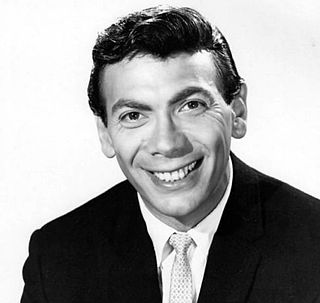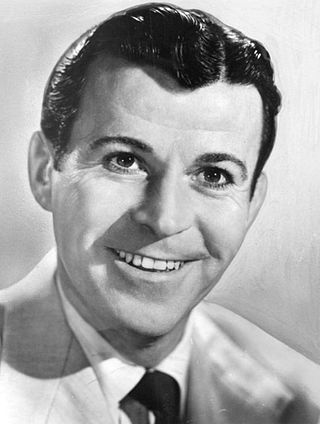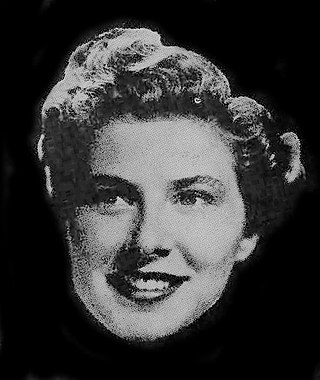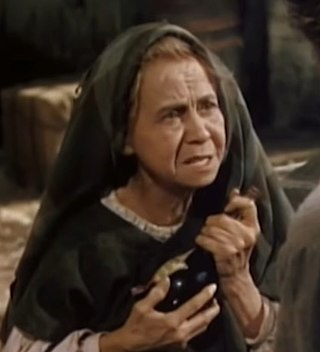The RCA Victor Show
With Ezio Pinza
The RCA Victor Show originally starred Ezio Pinza. It was also known as The Ezio Pinza Show and as The RCA Victor Show Starring Ezio Pinza. When it premiered on November 23, 1951, Pinza headed the weekly 30-minute program. [2]
Initially, each episode began with Pinza in a set representing his "luxurious penthouse apartment". [1] Pinza welcomed the audience and sang, then went out of the apartment, where he met the episode's guest star. The setting returned to the apartment, where Pinza and the guest sang . At the end of an episode, Pinza was once again alone at home, singing a final number. [1] The show's format changed beginning with the April 11, 1952, episode, when the program moved from New York to Hollywood. [3] Each episode became a self-contained dramatic story that featured Pinza and guest stars. The musical element was provided by "appropriate songs woven into the general plot line". [1] The new version was produced and written by Ted Mills. Sidney Smith was the director. David Rose arranged music and directed the orchestra for the show. [3] Pinza's final episode was broadcast on June 19, 1952. [4]
Guest stars on Pinza's episodes included Patricia Morison, [5] Harpo Marx, [6] Eddy Arnold, Rosemary Clooney, [7] Margaret Truman, [8] Nancy Davis, [9] Patrice Munsel, [10] Ezra Stone, and Beatrice Lillie. [11]
Some newspaper columnists took issue with the way Pinza was used in the program. Bob Lanigan, of the Brooklyn Eagle noted Pinza's singing talent ("Let the man sing — he's marvelous at it.") but wrote that when episodes were built around Pinza as an actor, they were undermined by "this fellow's complete ineptness as an actor." [11] Dwight Newton, writing in the San Francisco Examiner , called Pinza "a fabulous personality, a magnificent voice, a man of heroic stature, one who has captured the imagination of the public" but added that the show was diminished by "Trite writing, poor production, cheap comedy." [12] James Abbe wrote in the Oakland Tribune about an episode in which Pinza prepared spaghetti: "Even with his fine Italian voice and diction, the ham is always so much in evidence when Ezio Pinza is acting, that it must surely clash with properly seasoned spaghetti". [8]
With Dennis Day
Singer Dennis Day became part of The RCA Victor Show on February 8, 1952. His episodes were broadcast on alternate weeks with those featuring Pinza. [13] Day portrayed himself, a singer who worked on The Jack Benny Program . Day's mother felt that he was not paid enough and that he should find a new career. In contrast, his girlfriend, Kathy, supported him in his current situation. Verna Felton portrayed Day's mother, and Kathy Phillips played his girlfriend. [1] Paul Henning was the producer. Day's episodes were also known as The RCA Victor Show Starring Dennis Day. [2] : 211

When the show returned on October 3, 1952, after summer hiatus, Pinza was gone, and Day's episodes were broadcast weekly [14] with a revised format. [1] Day still played himself, but this time as a "swinging young bachelor", [4] and his residence was a luxurious apartment in Hollywood. Characters had been added to the cast. Cliff Arquette played janitor Charlie Weaver, Minerva Urecal played landlady Mrs. Pratt, and Hal March played himself as a neighbor. Lois Butler played Lois Sterling, a new girlfriend for Day, and Jeri Lou James played her little sister, Susan, who lived with Lois. [1] Harry Zimmerman and his orchestra provided music. [15] Episodes were broadcast live. [1]












